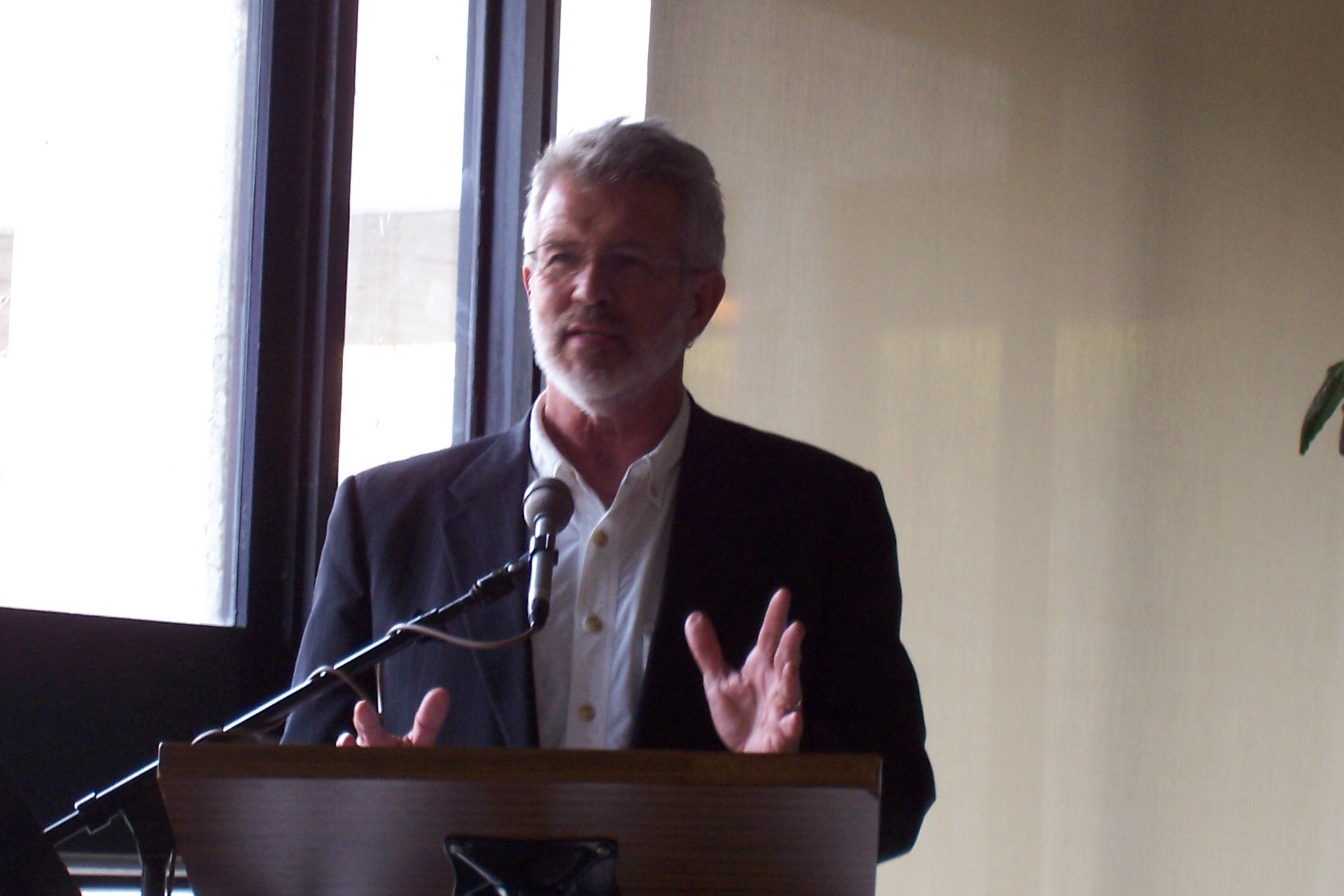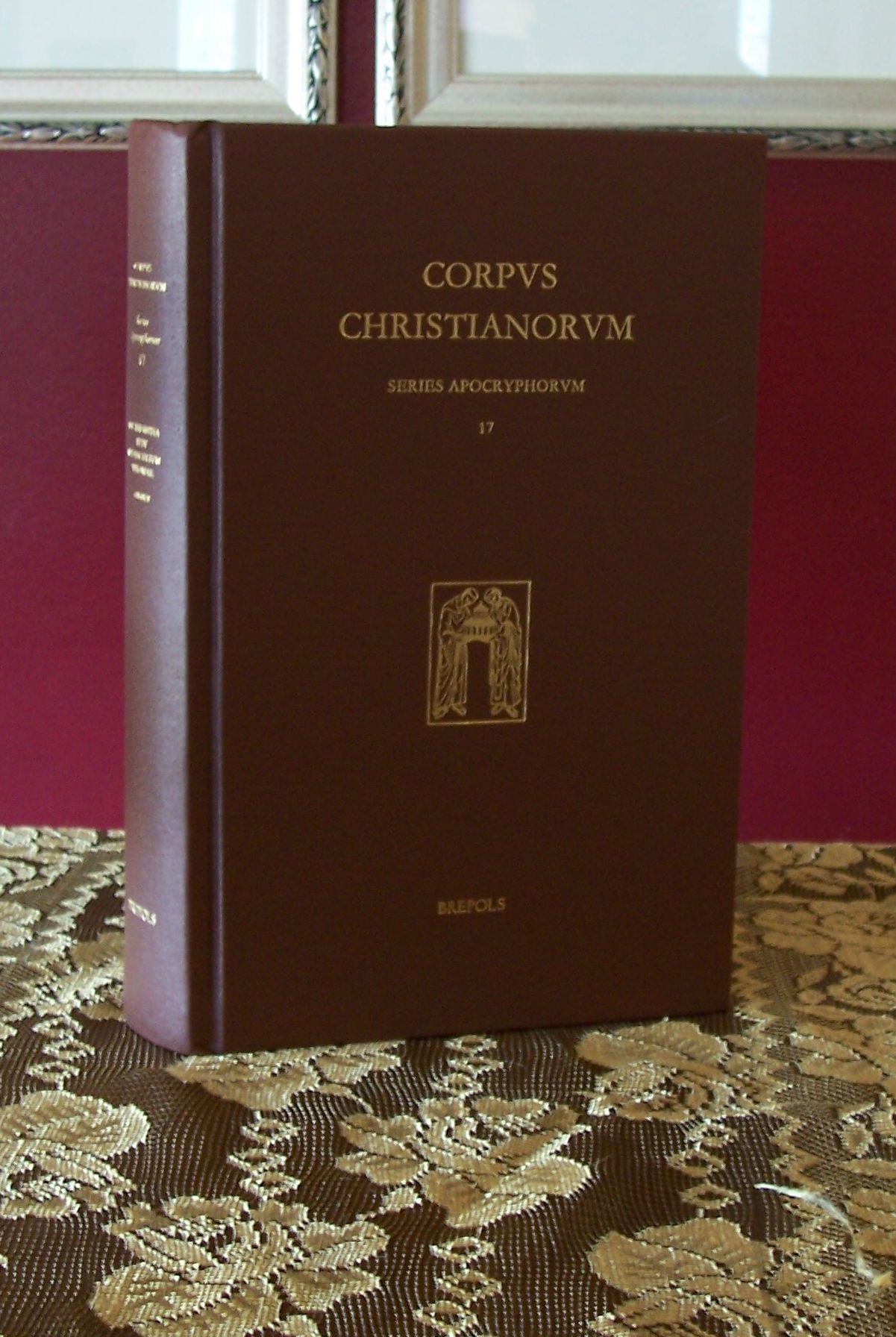Secret Mark Symposium Memories
 The Secret Gospel of Mark Symposium took place yesterday, and all participants are now on their ways home on, hopefully uneventful flights (the tornadoes in the US led to some delays on Thursday). I'll need a few days to put together my thoughts about the event before posting something substantial here. Thank you to all those who participated and those who followed along with the planning stages no-line. There are additional photos on the York Christian Apocrypha facebook page.
The Secret Gospel of Mark Symposium took place yesterday, and all participants are now on their ways home on, hopefully uneventful flights (the tornadoes in the US led to some delays on Thursday). I'll need a few days to put together my thoughts about the event before posting something substantial here. Thank you to all those who participated and those who followed along with the planning stages no-line. There are additional photos on the York Christian Apocrypha facebook page.
 My long-awaited (well, at least by me) critical edition of the Greek tradition of the Infancy Gospel of Thomas is now available (and hopefully coming to an academic library near you). Here is the abstract from Brepols' catalogue:
My long-awaited (well, at least by me) critical edition of the Greek tradition of the Infancy Gospel of Thomas is now available (and hopefully coming to an academic library near you). Here is the abstract from Brepols' catalogue: